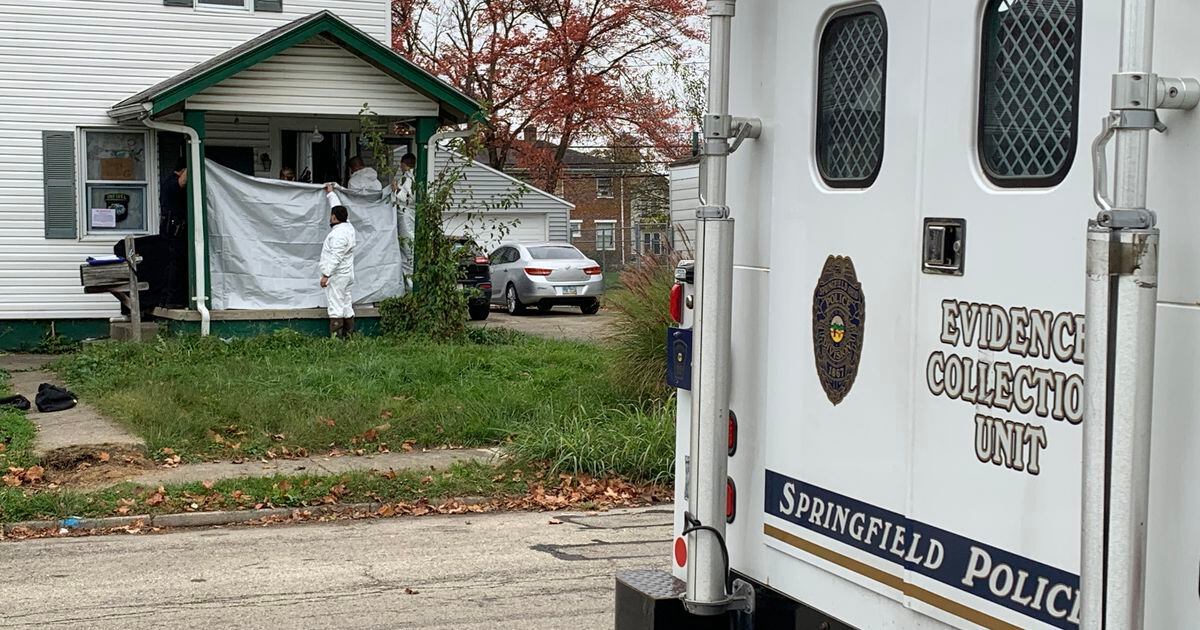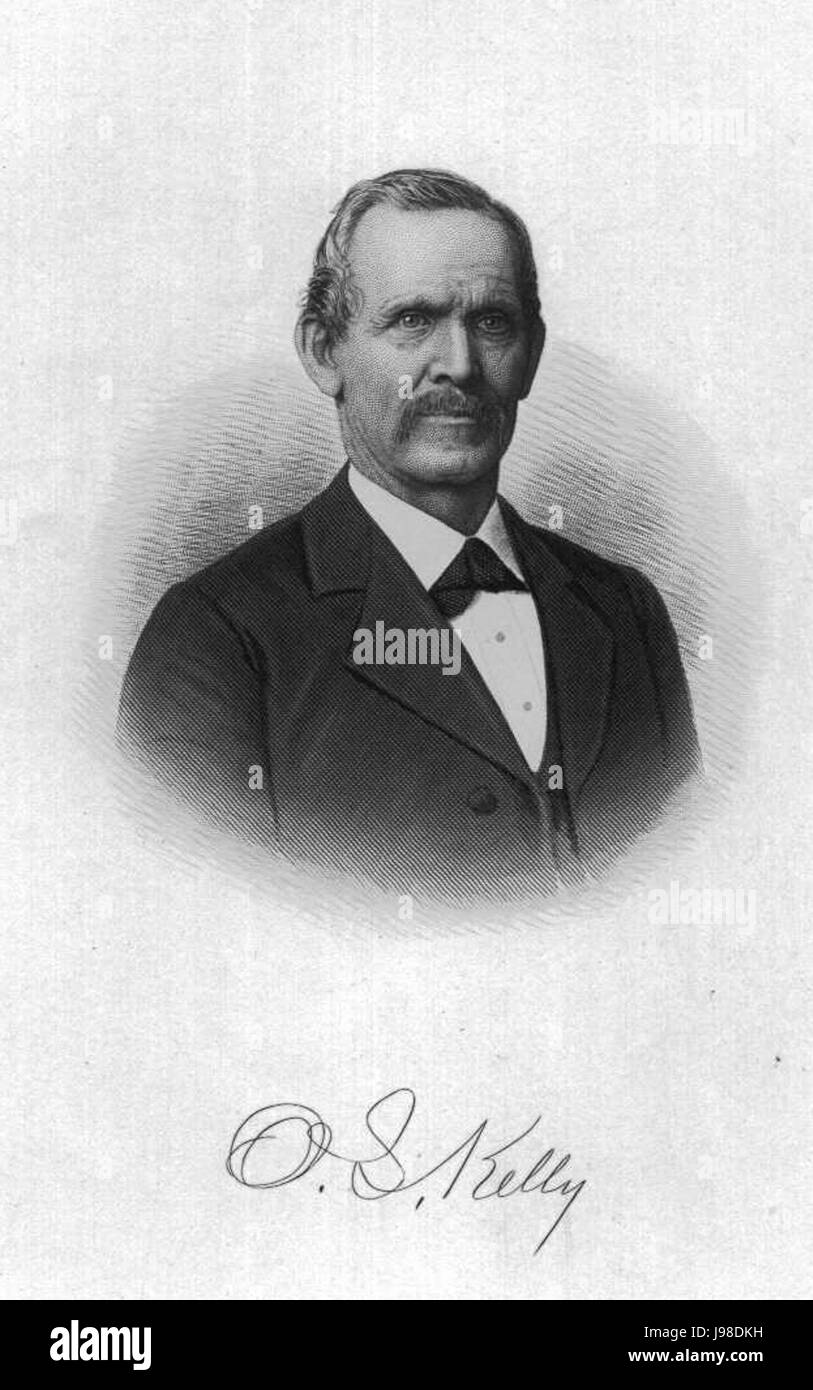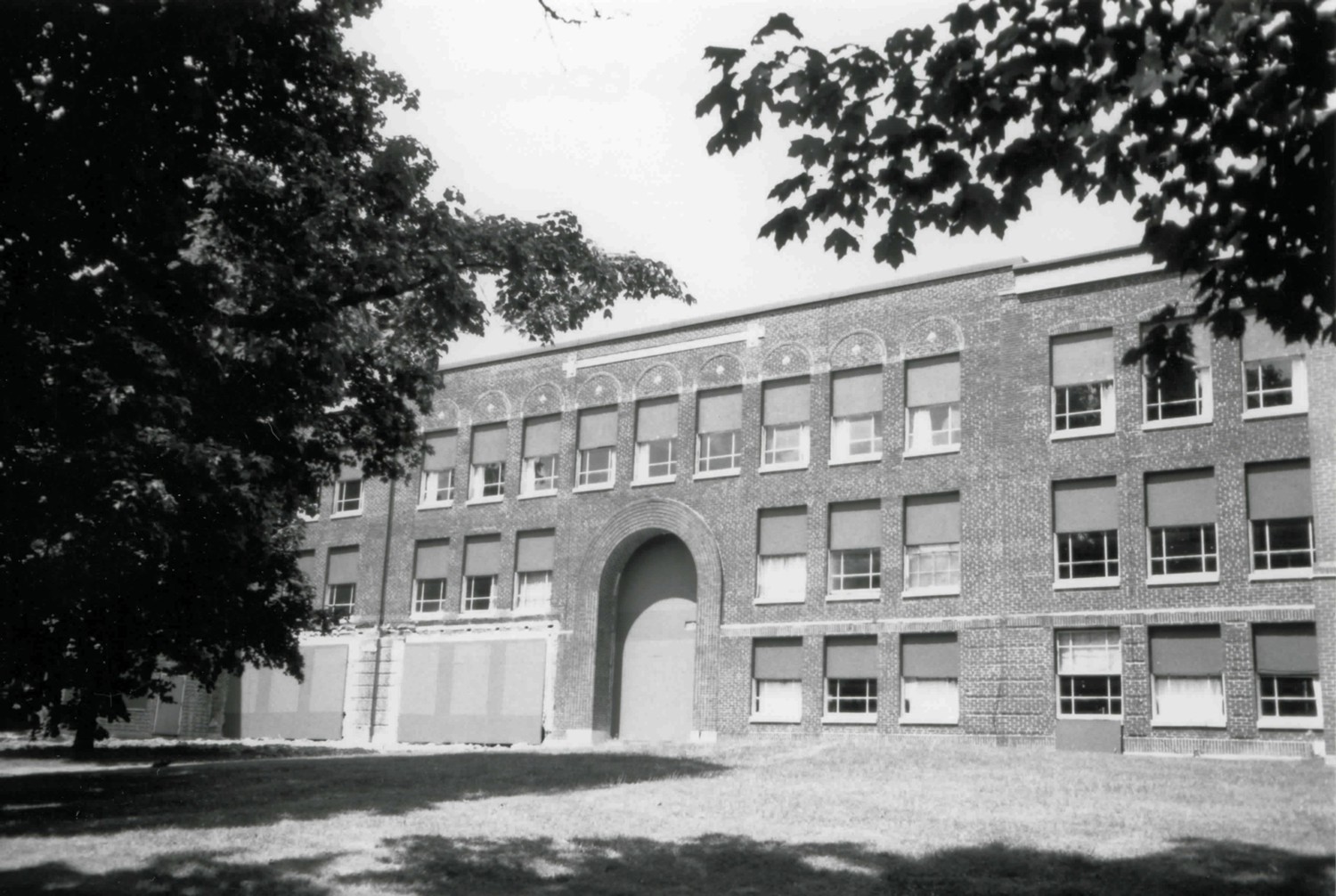The Current Situation of Haitian Immigrants in Springfield, Ohio
In recent weeks, Springfield, Ohio, has found itself at the center of a national conversation regarding Haitian immigrants. The small Midwestern city has seen a significant influx of Haitian migrants, with estimates suggesting that between 12,000 to 15,000 have arrived over the past four years. This surge has been met with both community support and backlash, particularly following controversial statements made by former President Donald Trump and his running mate, J.D. Vance.
The Surge of Haitian Immigrants
The reasons behind the influx of Haitian immigrants to Springfield are multifaceted. Many have fled political instability, violence, and economic hardship in Haiti, seeking a better life in the United States. Springfield offers a relatively low cost of living and job opportunities, making it an attractive destination for those looking to rebuild their lives. Reports indicate that the Haitian community has been actively contributing to the local economy and culture, integrating into the fabric of Springfield.
However, the rapid increase in the Haitian population has raised concerns among some residents. Critics argue that the influx has strained local resources and services, leading to tensions within the community. Springfield's mayor has acknowledged these concerns and stated that a group is investigating the situation to prepare a public report.
Controversial Claims and Backlash
The situation escalated dramatically when Donald Trump made false claims during a recent presidential debate, suggesting that Haitian immigrants were involved in abducting and eating pets in Springfield. These incendiary remarks have not only sparked outrage but have also led to a series of hoax bomb threats targeting the Haitian community. The fallout from these claims has left many Haitian immigrants feeling unsafe and fearful to leave their homes.
In response to the threats and rising tensions, local schools have increased security measures. The Ohio state government has also stepped in, allocating $2.5 million to assist Springfield in managing the situation. This funding is intended to bolster local law enforcement and community support services.

Community Response
Despite the challenges, many Springfield residents and organizations have rallied to support the Haitian community. Local charities, such as the St. Vincent de Paul Society, have been instrumental in providing food, clothing, and job assistance to Haitian immigrants. Community leaders emphasize the importance of unity and understanding, urging residents to look beyond the political rhetoric and recognize the contributions of Haitian migrants.
However, the fear instilled by the recent backlash has led many Haitian immigrants to express their anxiety about daily life. Reports indicate that some are hesitant to leave their homes, fearing for their safety amid the heightened tensions.
The Role of Media and Misinformation
The media has played a significant role in shaping public perception of the Haitian immigrant community in Springfield. While some outlets have reported on the positive contributions of these immigrants, others have sensationalized the situation, amplifying the false narratives surrounding them. For instance, a viral story about a cat allegedly "stolen" by Haitian migrants was debunked when it was revealed that the cat had simply been hiding in its owner's basement.
This misinformation has fueled further division within the community, with some residents forming groups to oppose the influx of immigrants. These groups often cite unfounded claims about the impact of immigration on local resources and safety.

Looking Ahead
As Springfield navigates this complex situation, the future of its Haitian immigrant community remains uncertain. Local leaders are calling for a more inclusive dialogue that addresses the concerns of all residents while also recognizing the humanity and contributions of immigrants. The ongoing political climate, particularly with the upcoming elections, will likely continue to influence public sentiment and policy regarding immigration in Springfield.
In conclusion, the situation of Haitian immigrants in Springfield, Ohio, is a microcosm of the broader national debate on immigration. It highlights the challenges faced by communities experiencing rapid demographic changes, the impact of political rhetoric on public perception, and the resilience of immigrant communities in the face of adversity. As Springfield moves forward, it will be crucial for residents and leaders alike to foster understanding and cooperation to build a more inclusive community for all.





